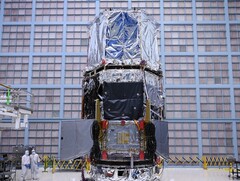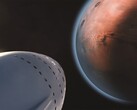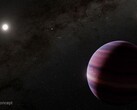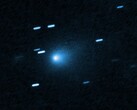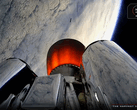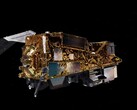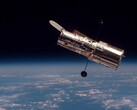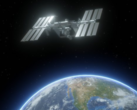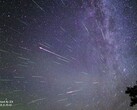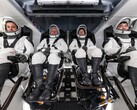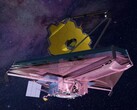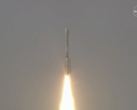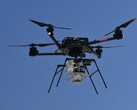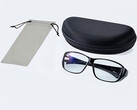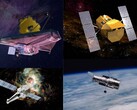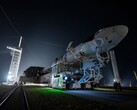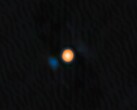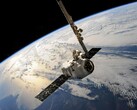NASA has completed another major milestone in the assembly of the Nancy Grace Roman Space Telescope. The telescope, which is expected to reveal around 100,000 cosmic explosions and evidence of the first stars, is now equipped with two sunshields. The sunshields, together called the Lower Instrument Sun Shade, will help protect the telescope’s sensitive instruments from the Sun’s heat and light. This protection is crucial, as intense solar radiation could overwhelm the telescope’s ability to detect faint infrared signals from space.
The two individual panels that make up the sunshield are Solar Array Sun Shield and Deployable Aperture Cover. Each panel has an area of about 7 × 7 feet (2.13 × 2.13 m) and is 3 inches (7.62 cm) thick. Conrad Mason, an aerospace engineer at NASA Goddard, describes them as “giant aluminum sandwiches” because their structure consists of metal sheets on the top and bottom with a lightweight honeycomb core in between.
Due to its design, the sunshields are lightweight yet rigid. Their material aids in limiting heat transfer, and can keep the inner side at temperatures as low as −211° F (−135 °C) even while the Sun-facing side is as hot as 216 °F (102.22 °C). Each panel is wrapped in a specialized polymer film, with 17 layers on the Sun-facing side and one on the opposite side.
The sunshade will be stowed for the launch and gently deploy around an hour after launch. Roman’s inner segment is now set for a 70-day thermal vacuum test, where engineers and scientists will test the full functionality of the spacecraft, telescope, and instruments under simulated conditions. With everything on track, NASA hopes to launch Roman as early as fall 2026, but no later than May 2027.




